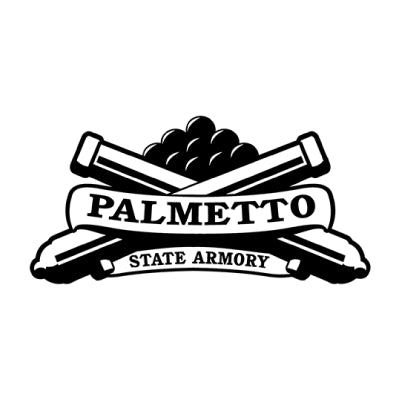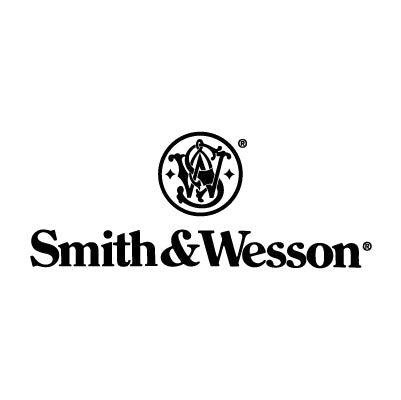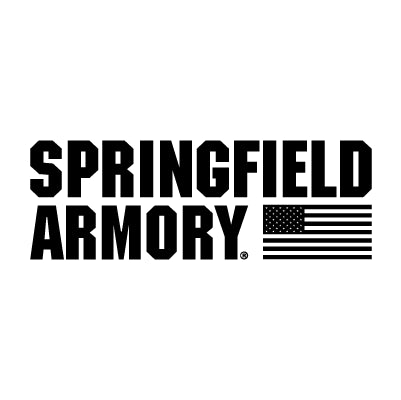
If you’ve ever wondered whether dry fire training really helps your shooting, the answer is yes—but with some important caveats.
While dry fire doesn’t replicate recoil or the blast of live ammo, it’s one of the most powerful ways to build and refine key shooting skills, especially when time, money, or ammo is limited.
The key is knowing what transfers well from dry fire to live fire, and what doesn’t—so you can maximize the value of both.
What Is Dry Fire Training?
Quick refresher: dry fire training is practicing with your firearm without live ammunition. You work on your draw, trigger press, reloads, transitions, and more using an unloaded gun or training device.
It’s quiet, safe, and repeatable—and when done correctly, it builds the same motor patterns you use during live fire.
Skills That Transfer Well from Dry Fire
The good news is: most foundational shooting skills transfer extremely well from dry fire to live fire. These include:
1. Trigger Control
This is the single most transferable skill.
Dry fire allows you to isolate your trigger press without the noise, recoil, or blast of live fire. You can watch your front sight (or red dot) and get immediate visual feedback on whether you’re moving the gun during the press.
- Builds proper finger placement
- Smooths out press mechanics
- Reduces flinching habits
- Improves shot anticipation
Pro tip: Use tools like the DryFireMag to simulate trigger reset without racking your slide between reps.
2. Sight Alignment & Sight Picture
Because dry fire gives you a chance to slow down and focus, it's excellent for reinforcing correct sight alignment and visual focus.
- Helps build consistent alignment
- Develops fast sight acquisition from the draw
- Reduces over-confirmation of sights in close distances
- Encourages more awareness of optic/dot movement
You’ll also learn how your sights behave during transitions, draws, and trigger presses—giving you crucial data you can’t always catch during live fire due to recoil and time pressure.
3. Draw Stroke / Presentation
Drawing from concealment or duty gear in a live environment can be rushed or rushed. Dry fire lets you refine mechanics, reduce wasted motion, and build consistency.
- Improves grip acquisition
- Refines speed to presentation
- Allows high reps in short time
- Reduces “fishing” for sights
A well-trained draw in dry fire translates directly into faster, more confident live fire performance.
4. Reloads (Emergency & Tactical)
Dry fire is ideal for working reloads, since you’re not under pressure from timers, loud bangs, or brass flying around.
- Refines mag release & indexing
- Helps develop 'muscle memory'
- Perfect for running reps from concealment or gear
- Enables repetition of specific reload types (speed, retention, admin)
5. Target Transitions
Even without recoil, dry fire allows you to practice visual and physical transitions between multiple targets—especially valuable if you use laser targets or reference points.
- Builds eye-target-lead habits
- Reduces over-travel
- Improves timing and rhythm between shots
6. One-Handed Shooting & Manipulation
Whether dominant or support hand, dry fire gives you the chance to safely build confidence and control using either hand alone.
- Develops strength and dexterity
- Reinforces trigger discipline with either hand
- Prepares you for injury-based scenarios or low-light tool use
7. Movement & Footwork
You can rehearse stepping into positions, slicing the pie around cover, or moving while staying on sights.
- Practices movement into shooting position
- Encourages balance and stability
- Simulates real-world CQB or defensive movement
- Helps prevent over-exposure in corners or barricades
Skills That Don’t Fully Transfer from Dry Fire
While dry fire is powerful, there are a few key elements it cannot fully replicate. Understanding these limitations will help you balance your training.
1. Recoil Management
Dry fire doesn’t produce recoil—so it won’t develop the timing, grip pressure, and follow-through required to shoot fast and flat.
- No muzzle rise
- No need to manage rapid cycling
- No recovery between fast shots
This is one reason combining dry fire with live fire—even occasionally—is crucial for well-rounded skill development.
2. Follow-Up Shots (Cadence)
While you can practice simulated double taps or multi-shot drills in dry fire, the real recoil rhythm can only be felt on the range.
- No recoil impulse
- No true split-time feedback
- No real dot/sight lift to control
3. Flinch / Recoil Anticipation Under Pressure
Dry fire helps reduce flinching, but it won’t expose your body to the startle effect of muzzle blast and recoil under real-world stress.
Some flinching only shows up when the bang happens—so live fire is still needed to diagnose and fix these issues fully.
4. Shot Accountability
Unless you're using a laser system or something like Mantis X, dry fire gives you limited feedback about where your shots would land.
- No paper or steel hits
- No confirmation of groupings or POI (Point of Impact)
This is where tools like the Smart DryFireMag or dry fire targets with integrated tech come in handy.
How to Maximize Skill Transfer
Here’s how to ensure your dry fire practice benefits your live fire:
-
Be intentional – Don’t just go through the motions. Each rep should be focused and deliberate.
-
Train with feedback – Use your sights, mirror, or video to assess movement, alignment, and control.
-
Use dry fire tools – Trigger reset devices, lasers, and training mags make reps more productive.
-
Simulate context – Practice from concealment, with a shot timer, or while moving to replicate live fire scenarios.
-
Pair with occasional live fire – Even once a month at the range can validate your dry fire progress.
In Summary: What Transfers Best?
| Skill | Transfers to Live Fire? | Notes |
|---|---|---|
| Trigger control | ✅ Excellent | Best skill to develop through dry fire |
| Sight alignment/picture | ✅ Excellent | Especially useful for draw-to-first-shot |
| Draw / Presentation | ✅ Excellent | Develops consistency and speed |
| Reloads | ✅ Excellent | Can do hundreds of reps safely at home |
| Target transitions | ✅ Good | Use visual targets or laser systems |
| Movement / Footwork | ✅ Good | Add gear and realism for max value |
| Recoil management | ❌ Not transferable | Only live fire can simulate impulse |
| Follow-up shots / splits | ❌ Limited | Dry fire can help timing, but not control |
| Flinch management | ❌ Not transferable | Only shows up under live blast |
| Shot placement confirmation | ❌ Without laser tools | Add tech for better feedback |
Final Thoughts
Dry fire and live fire aren’t competitors—they’re complements.
Dry fire lets you build, refine, and repeat skills at a fraction of the cost and time of the range. Live fire confirms those skills under real recoil and pressure.
If you want to shoot better, train smarter: Use dry fire to build the foundation, then live fire to validate and refine it.
Looking for tools that bridge the gap between dry and live fire? Explore DryFireMag’s training tools to get more realistic reps—without the slide rack.









